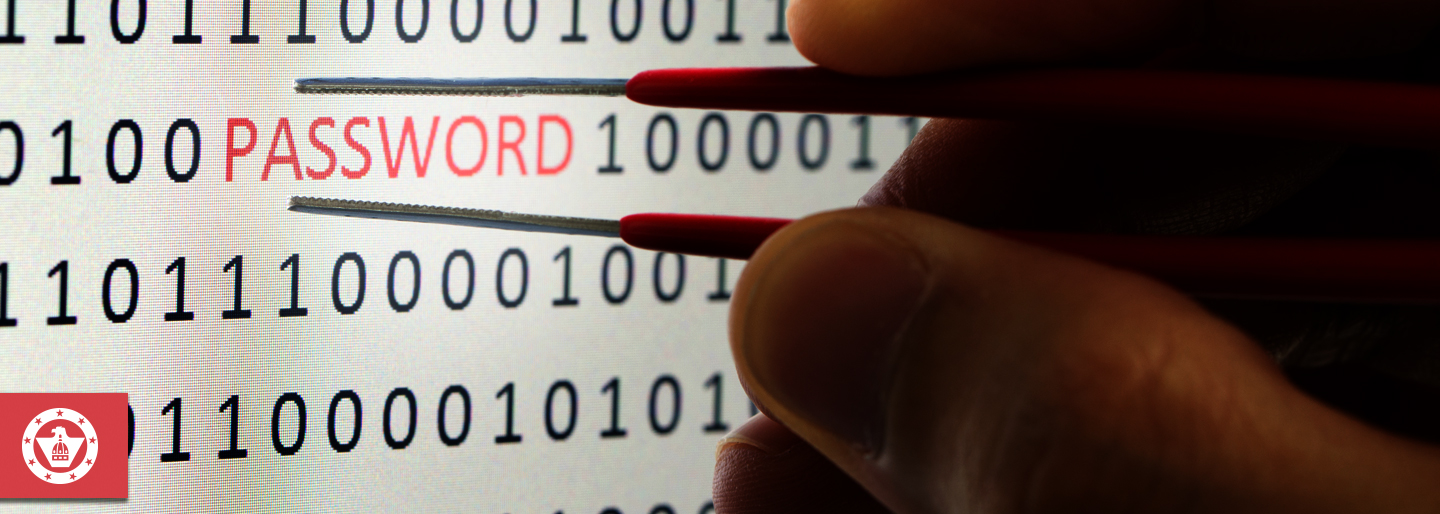How to Tell if Your Computer has Been Hacked
Your computer is an attractive target for cyber criminals. They will often try to get you to download malware or visit a malicious site in order to gain access to your computer. Here are warning signs that may indicate your computer has been hacked:
- Popup messages (not from your real antivirus program) alerting you of malware on your computer. These messages typically use the names or logos of actual antivirus software and pressure you to act immediately. Once users click the button to “download”, “prevent attack” or “remove threats”, you are asked to run or install the malware. Infection then occurs after file installation.
- Browser changes such as strange toolbars, add-ons or a new home page.
- Unknown applications running on your computer.
- Minimize use of your computer’s administrator account by setting up limited rights and permissions for routine internet use.
- Many organizations use a proxy to restrict internet accessibility and to prevent unauthorized programs from running. A proxy acts as an intermediary between your computer and the internet. They can restrict internet content and block malicious websites.
- You can help make sure your children don’t fall prey to hackers by using Microsoft’s family features or Apple’s parental controls.
- Run daily or weekly antivirus scans.
In the wrong hands, your personal information can be used for a variety of fraudulent activities such as false tax return filings or online account take-overs. Warning signs of identity theft can include:
- Unfamiliar accounts on your credit report.
- Unrecognized withdrawals from your bank account.
- A notification from the IRS that more than one tax return was filed in your name, or that you have income from an employer you don’t work for.
- Inability to log in into online accounts.
- If you suspect you have fallen victim to identity theft, file an Identity Theft Affidavit and create an Identity Theft Report. You can file your report online, by phone at (877) 438-4338 or (866) 653-4261 for TDD or by mail at 600 Pennsylvania Ave, Washington DC 20580.
- Capitol Federal® customers who notice unauthorized transactions from an account should contact customer service at (888) 822-7333. If it is after regular business hours, customers can immediately deactivate their card by calling (888) 587-8258.
- File a police report.
- Contact the credit reporting agencies to place a fraud alert on your credit report.
- Set up online banking transaction alerts.
- Change your passwords.
- Shred sensitive documents. Capitol Federal hosts annual free Shred Days in our communities.
- Use a password manager and enable two-factor authentication.
- Take care when shopping online by using reloadable cards, such as Capitol Federal’s True Blue® Money prepaid debit card.
Protecting the Keys to Your Kingdom
Don’t Get Hooked by Phishing Scams
Wi-Fi Security Tips
Categories:
Safety and Security


